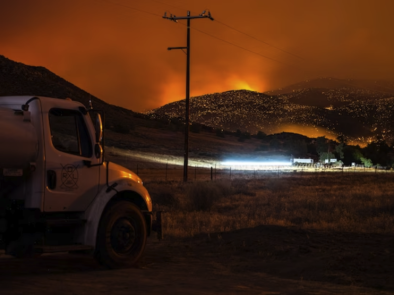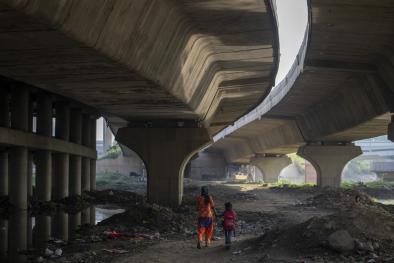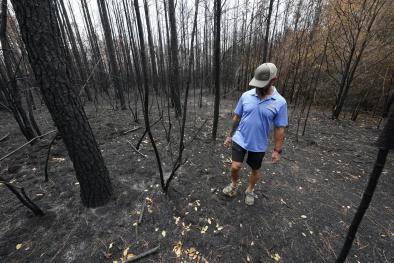Science Source
Increased Wildfire Risk Driven by Climate and Development Interactions in the Bolivian Chiquitania, Southern Amazonia
- States that wildfires are becoming increasingly dominant in tropical landscapes due to reinforcing feedbacks between land cover change and more severe dry conditions
- Focuses on the Bolivian Chiquitania, a region located at the southern edge of Amazonia
- Uses a novel approach to assess fire risk at the regional level driven by different development trajectories interacting with changing climatic conditions
- Simulates possible future risk scenarios using maximum entropy modelling with presence-only data, combining land cover, anthropogenic and climatic variables
- Finds that important determinants of fire risk in the region are distance to roads, recent deforestation and density of human settlements
- Finds that severely dry conditions alone increased the area of high fire risk by 69%, affecting all categories of land use and land cover
- Finds that interactions between extreme dry conditions and rapid frontier expansion further increased fire risk, resulting in potential biomass loss of 2.44±0.8 Tg in high risk area, about 1.8 times higher than the estimates for the 2010 drought
Related Content
Headline

Nov 17, 2023 | Climate Nexus Hot News
Utility Responsible For Wildfire, CA Report Says
Headline

Oct 26, 2023 | Climate Nexus Hot News
The Planet is ‘Under Siege,’ Scientists Say
Headline

Oct 11, 2023 | Climate Nexus Hot News
Climate Change Forcing Children to Move
Headline

Sep 20, 2023 | AP
In a state used to hurricanes and flooding, Louisiana is battling an unprecedented wildfire season


